NIAID
-

Immune defenses in asthma
Vanderbilt researchers show that a certain factor negatively impacts the first-line responder cells in the lungs, providing one explanation for why patients with asthma are at greater risk for invasive bacterial disease. Read MoreApr 5, 2016
-

Caucus explores crucial role of NIH research funding
James Crowe Jr., M.D., director of the Vanderbilt Vaccine Center, and Anthony Fauci, M.D., director of the National Institute of Allergy and Infectious Diseases (NIAID), recently participated in a U.S. Senate National Institutes of Health (NIH) caucus briefing held in Washington, D.C., by Senate NIH caucus co-chairs Sens. Lindsey Graham (R-SC) and Dick Durbin (D-IL). Read MoreDec 3, 2015
-
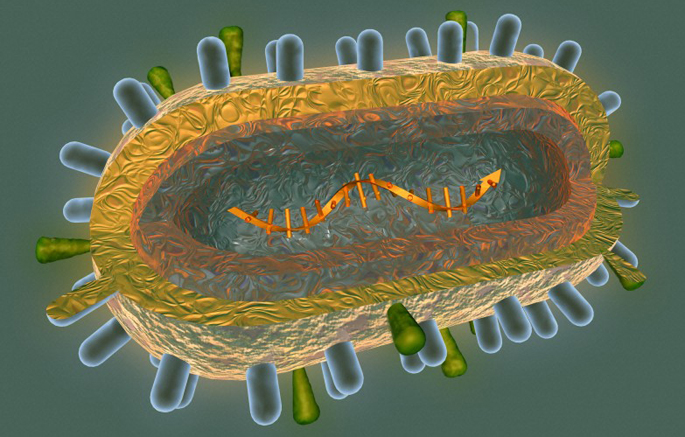
How to trick a wily virus
Vanderbilt investigators have discovered how human antibodies induced during testing of an experimental “bird flu” vaccine kill the virus. Read MoreJul 24, 2015
-

Study identifies C. diff toxin receptor, suggests new treatment approaches
Vanderbilt University investigators have identified a cellular receptor for a toxin from Clostridium difficile (“C. diff”) — the leading cause of hospital-acquired diarrhea in the United States. Read MoreJun 4, 2015
-
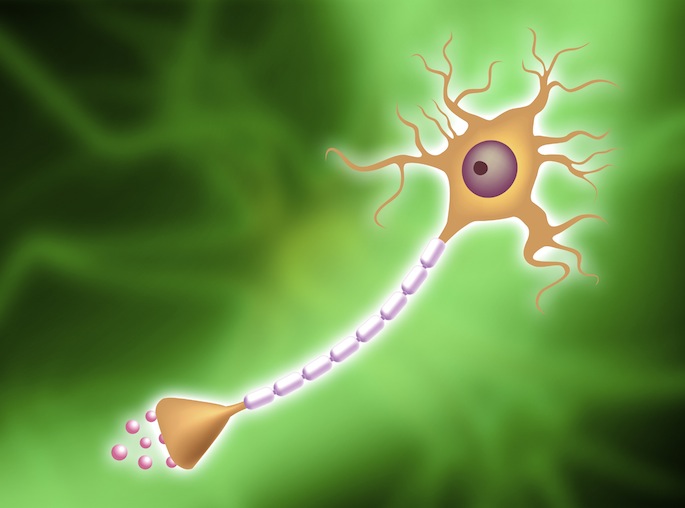
RNA defects in multiple sclerosis
Vanderbilt researchers have discovered that profound defects exist in the integrity of structural RNA molecules in patients with relapsing remitting multiple sclerosis. Read MoreApr 30, 2015
-

Antibiotics with anticancer potential
A series of experimental antibiotics may be a good starting point for developing new anticancer drugs. Read MoreFeb 25, 2015
-
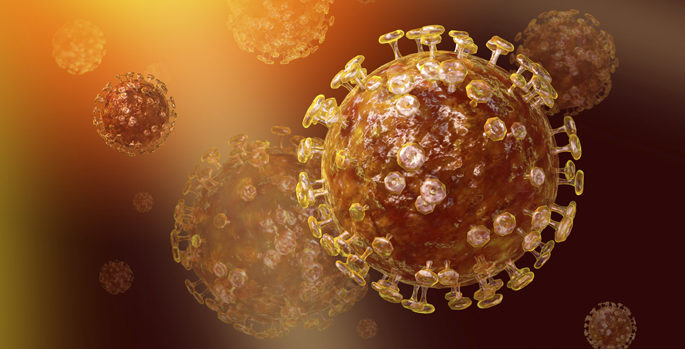
Contributors to coronavirus ‘fitness’
Understanding the role that host membrane modification plays in coronavirus replication is essential for developing novel approaches to block the viruses that cause SARS and MERS. Read MoreFeb 24, 2015
-
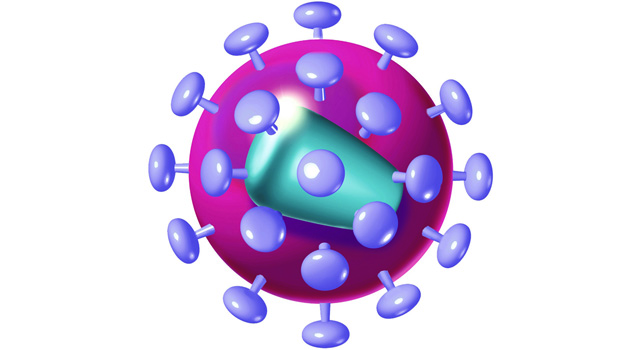
Targeting HIV’s “cap”
New findings underscore the attractiveness of the HIV capsid – the structure that encloses the viral genome – as a therapeutic target. Read MoreFeb 10, 2015
-

Immune response depends on force
New studies explain how T-cell receptors use force to recognize and protect us against pathogens. Read MoreJan 26, 2015
-

Bacterial secretion machinery: 3-D view
New structural findings reveal how "gatekeeper" proteins participate in the secretion systems bacteria use to infect host cells. Read MoreDec 11, 2014
-
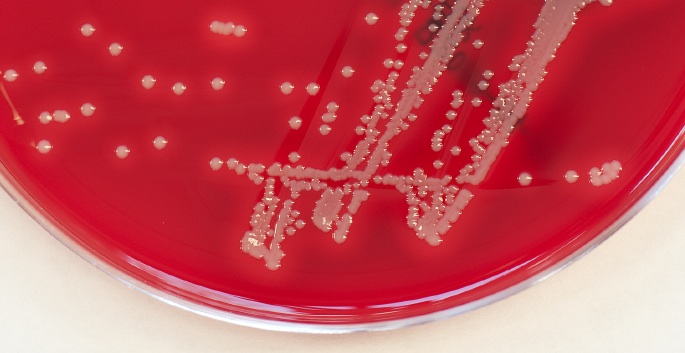
Staph ‘gangs’ share nutrients during infection: study
Antibiotic-resistant bacteria can share resources to cause chronic infections, Vanderbilt investigators have discovered. The findings shed light on a long-standing question in infectious diseases and may inform new treatment strategies. Read MoreOct 16, 2014
-

Enzyme holds the door for influenza
Compounds developed at Vanderbilt University may offer a new way to block influenza infection. Read MoreAug 20, 2014
-
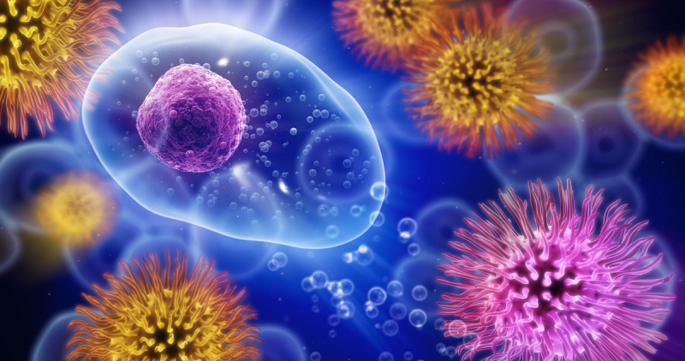
Natural killer cells don’t clear HMPV
Understanding how the immune system responds to the respiratory virus HMPV is crucial for developing vaccines and anti-viral treatments. Read MoreJul 23, 2014
-
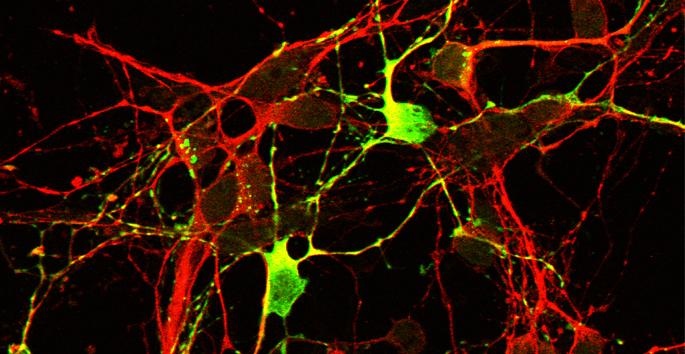
Neural receptor for reovirus
A newly identified receptor allows mammalian reovirus to infect neurons, shedding light on factors important for viral encephalitis. Read MoreJul 18, 2014
-

Respiratory virus vaccine candidate
Virus-like particles containing a protein from human metapneumovirus are a promising vaccine candidate for this respiratory virus. Read MoreMay 27, 2014
-
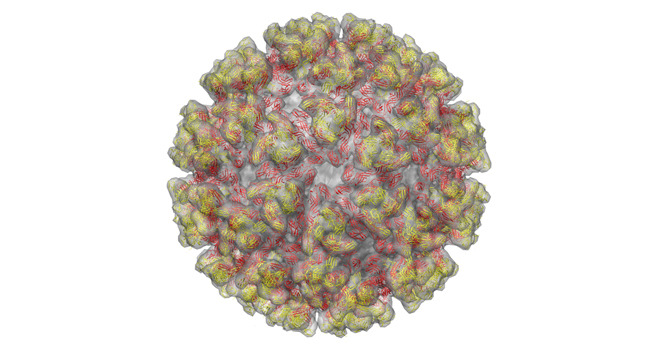
Target cell entry to halt Chikungunya virus
Understanding how chikungunya virus binds to and enters cells offers a new target for antiviral medications. Read MoreApr 28, 2014
-

Anthrax bacteria’s signaling systems
Vanderbilt researchers have identified a new signaling system that anthrax bacteria uses to infect its host. Read MoreApr 15, 2014
-

Dismantling staph’s drug resistance
Targeting the enzyme FosB could make antibiotic-resistant staph bacteria sensitive to the antibiotic fosfomycin. Read MoreMar 3, 2014
-

Human and Helicobacter co-evolution
by Denise Anthony (iStock) A Vanderbilt University-led research team has solved a long-standing riddle: Why do people of mostly Amerindian ancestry in the Andes have a gastric cancer rate that is 25 times higher than that of fellow Colombians of mostly African descent only 124 miles away on the coast?… Read MoreJan 23, 2014
-
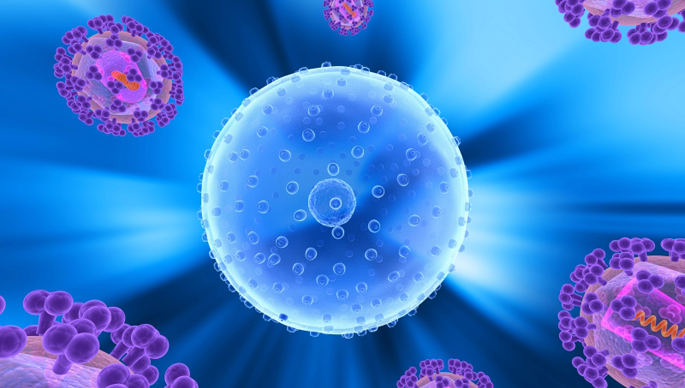
HIV’s impact on B cells
Understanding how HIV infection affects immune system B cells may guide strategies for vaccine development. Read MoreJan 15, 2014